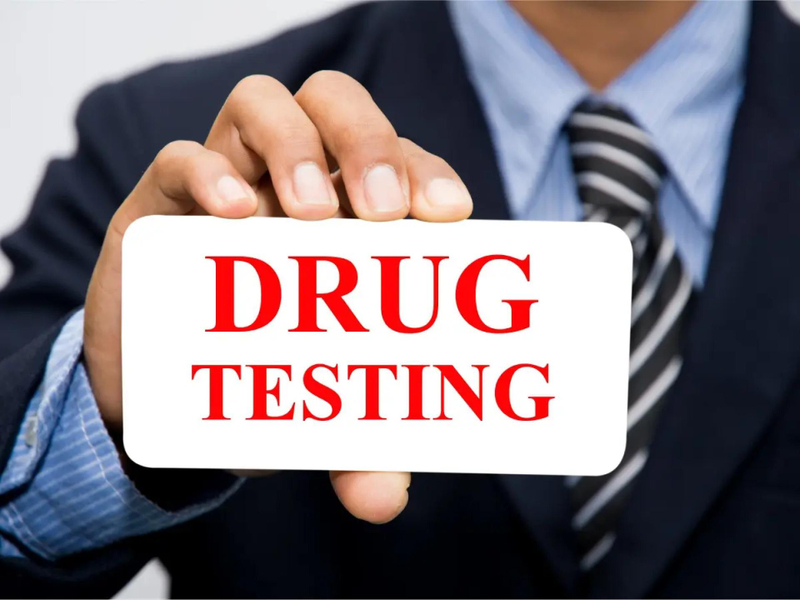The Department of Transportation (DOT) has established strict drug and alcohol testing regulations to ensure the safety of the transportation industry. Compliance with these regulations is not just a legal requirement but a crucial component in maintaining public safety.
Employers play a pivotal role in this process, and their responsibilities extend from ensuring tests are conducted properly to maintaining records and following up on positive test results.
This blog post outlines the essential duties of employers in upholding DOT drug testing regulations.
Conducting Tests Properly
First and foremost, employers are responsible for ensuring that drug testing is carried out in accordance with DOT guidelines. This involves several key steps:
Pre-Employment Screening: Employers must conduct drug tests before hiring new employees to work in safety-sensitive positions, such as operating heavy machinery or commercial vehicles.Random Testing: DOT regulations require that employers conduct random drug and alcohol testing among safety-sensitive employees. The selection process must be truly random, ensuring that every employee has an equal chance of being tested.Post-Accident Testing: If an accident occurs, employers must determine if drug testing is necessary, based on DOT criteria. This decision must be made promptly to ensure the accuracy of the test results.Reasonable Suspicion: Supervisors must be trained to identify signs of drug or alcohol use. If there is reasonable suspicion, the employer must arrange for immediate testing.Return-to-Duty and Follow-Up Testing: Following a violation of drug and alcohol regulations, employees must undergo an evaluation by a Substance Abuse Professional (SAP) and complete any prescribed treatment or education programs. Return-to-duty and follow-up testing ensure the employee meets the criteria to return to work.Employers must use DOT-approved testing facilities and ensure that the testing process respects the privacy of employees while maintaining the integrity of the sample.
Maintaining Records
Record-keeping is a critical responsibility of employers under DOT regulations. Employers must maintain detailed records of all drug and alcohol tests performed. This includes not only the test results but also documentation of the testing process, employee notifications, and the handling and storage of samples. These records must be kept confidential and stored securely. Furthermore, they must be readily available for inspection by DOT officials upon request.
Following Up on Positive Test Results
In the event of a positive test result, employers have a duty to immediately remove the employee from safety-sensitive duties. The following steps must also be taken:
Notification: The employee must be informed of the positive test result and the consequences.Evaluation by a Substance Abuse Professional (SAP): The employee must be evaluated by an SAP, who will determine the necessary steps for the employee to return to safety-sensitive duties. This may include treatment, education, or other interventions.Return-to-Duty Process: After completing the SAP's recommendations, the employee must undergo a return-to-duty drug test. A negative test result is required before the employee can resume safety-sensitive functions.Follow-Up Testing: Employers must conduct unannounced follow-up testing as directed by the SAP, typically ranging from 6 to 12 tests in the first 12 months following the employee's return to duty. The employer may be required to continue this testing for up to five years.Employers play a crucial role in the success of DOT's drug and alcohol testing program. By fulfilling their responsibilities diligently, employers not only comply with federal regulations but also contribute to the safety and well-being of employees and the general public. It is a significant task, requiring a comprehensive understanding of DOT regulations, meticulous attention to detail, and a commitment to safety.



